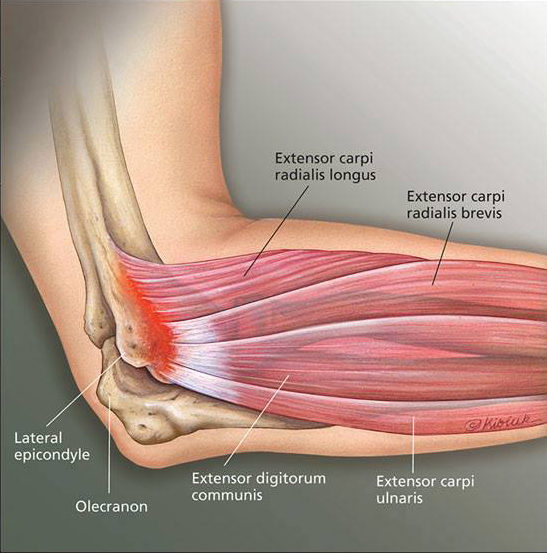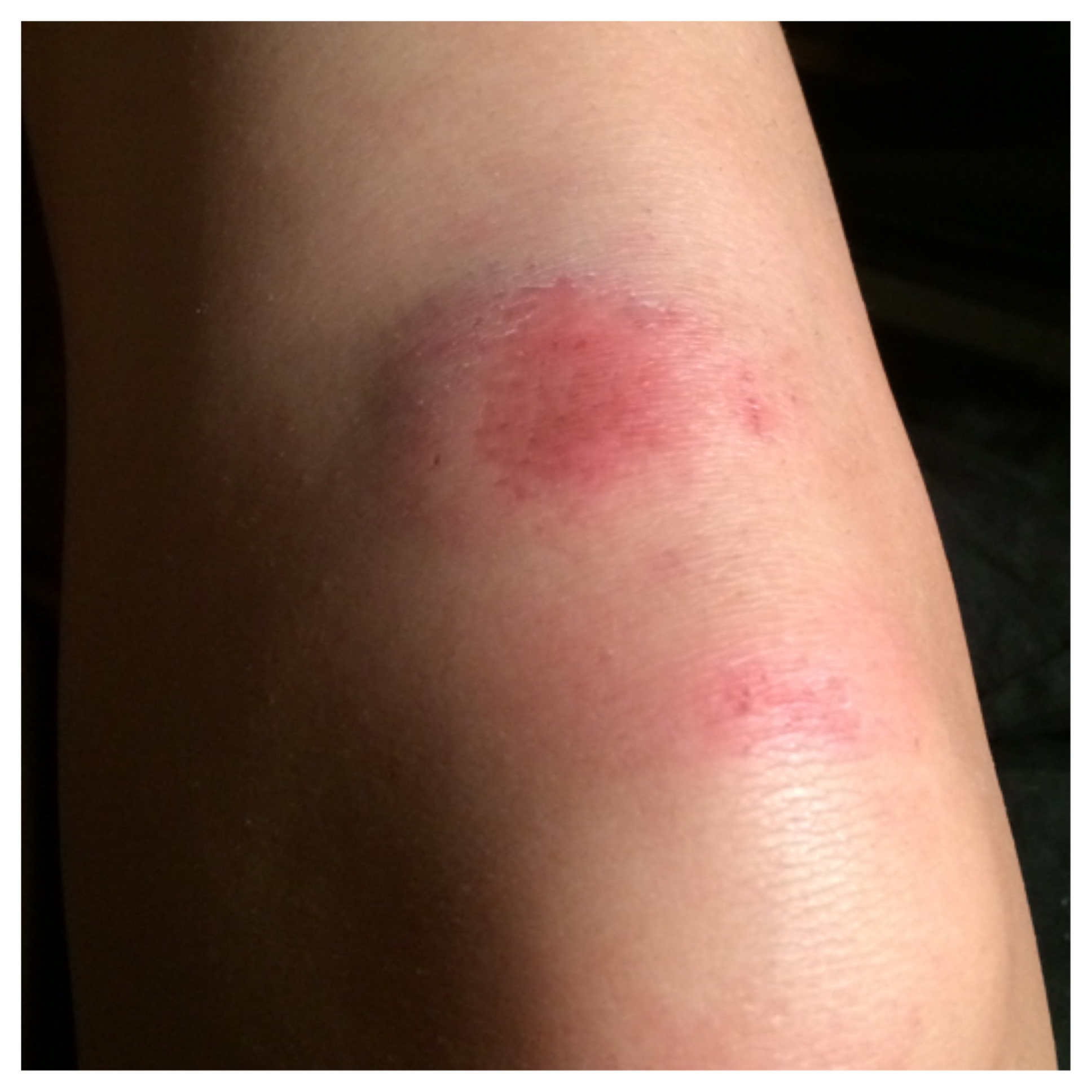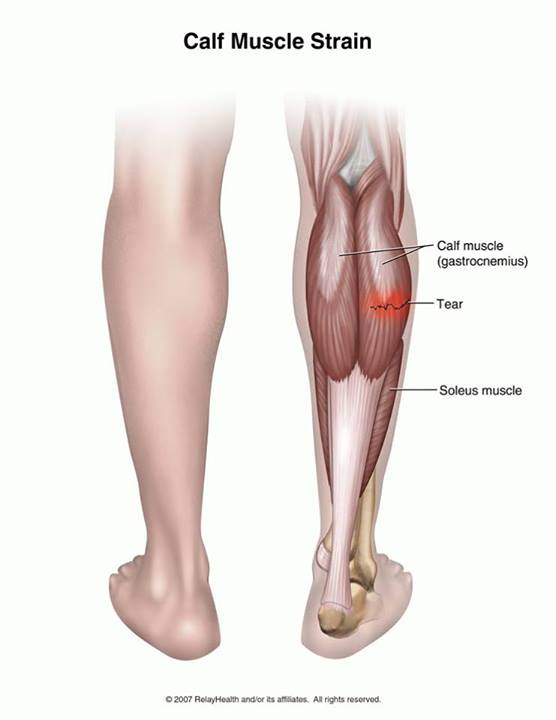Hand Fracture Fifth Metacarpal (Boxer’s) Fracture

What is a boxer’s fracture?
A boxer’s fracture is a break in the bone in the hand that attaches to the pinky finger. The long bones in the hand are called metacarpals.
A boxer’s fracture is also called a fifth metacarpal fracture.
What is the cause boxer’s fracture?
A boxer’s fracture can happen when you hit a hard object with your fist. It may also happen if you fall onto your hand.
Symptoms of boxer’s fracture?
Symptoms may include:
pain, swelling, or tenderness on the pinky finger side of the handa bump on the side of the handa crooked looking hand.
Diagnosis of boxer’s fracture?
Your provider will ask about your symptoms and how the injury happened. He or she will examine you. You will have X-rays of your hand.
Treatement of boxer’s fracture?
If the broken bone is crooked, your healthcare provider will straighten it. You will be given medicine first so the straightening is not painful. Sometimes surgery is needed to put the bones back into the correct position.
Your healthcare provider will put your hand and forearm in a cast to keep your hand from moving while it heals.
How can I take care of myself?
- Follow the full course of treatment your healthcare provider prescribes.
- To keep swelling down and help relieve pain, your healthcare provider may tell you
- Put an ice pack, gel pack, or package of frozen vegetables wrapped in a cloth on the injured area every 3 to 4 hours for up to 20 minutes at a time for the first day or two after the injury.
- Keep the injured hand up on pillows when you sit or lie down.
- Take pain medicine, such as ibuprofen, as directed by your provider.
- Nonsteroidal anti-inflammatory medicines (NSAIDs), such as ibuprofen, may cause stomach bleeding and other problems. These risks increase with age. Read the label and take as directed. Unless recommended by your healthcare provider, do not take for more than 10 days.If you have a cast, make sure the cast does not get wet.
- Cover the cast with plastic when you bathe.
- Avoid scratching the skin around the cast or poking things down the cast. This could cause an infection.When your arm has been in a cast, your joints may get stiff and your muscles get weaker. After the cast is removed, your healthcare provider or physical therapist may recommend exercises to help your arm and hand get stronger and more flexible.
- Follow your provider’s instructions for doing exercises.
Keep all appointments for provider visits or tests. Call your healthcare provider right away if:
You have more pain, redness, warmth, or swelling.You have a fever.You have a loss of feeling in the injured area.The injured area looks pale or blue or feels cold.
How long will the effects last?
Boxer’s fractures usually heal within 6 weeks.
When can I return to my normal activities?
Everyone recovers from an injury at a different rate. Return to your activities depends on how soon your hand recovers, not by how many days or weeks it has been since your injury has occurred. The goal of rehabilitation is to return you to your normal activities as soon as is safely possible. If you return too soon you may worsen your injury. You may start rehabilitation exercises when your provider has taken a follow-up X-ray sees that your fracture has healed.
You may return to your normal activities when your hand has full range of motion without pain and has the same strength as the uninjured side.
How can a boxer’s fracture be prevented?
Try to avoid hitting hard objects with the fist.
Physiotherapy of boxer’s fracture
Hand Fracture: Fifth Metacarpal (Boxer’s) Fracture Exercises

You may do the stretching exercises right away after your cast is removed. You may do the strengthening exercises when stretching is nearly painless.
Wrist range of motion
Flexion:
Gently bend your wrist forward. Hold for 5 seconds. Do 2 sets of 15.
Extension: Gently bend your wrist backward. Hold this position 5 seconds. Do 2 sets of 15.
Side to side: Gently move your wrist from side to side (a handshake motion). Hold for 5 seconds in each direction. Do 2 sets of 15.
Strengthening Exercises
Opposition stretch:
Rest your hand on a table, palm up. Touch the tip of your thumb to the tip of your little finger. Hold this position for 6 seconds and then release. Repeat 10 times.
Wrist flexion:
Hold a can or hammer handle in your hand with your palm facing up. Bend your wrist upward. Slowly lower the weight and return to the starting position. Do 2 sets of 15. Gradually increase the weight of the can or weight you are holding.
Wrist extension: Hold a soup can or hammer handle in your hand with your palm facing down. Slowly bend your wrist up. Slowly lower the weight down into the starting position. Do 2 sets of 15. Gradually increase the weight of the object you are holding.
Grip strengthening:
Squeeze a soft rubber ball and hold the squeeze for 5 seconds. Do 2 sets of 15.
Finger spring:
Place a large rubber band around the outside of your thumb and fingers. Open your fingers to stretch the rubber band. Do 2 sets of 15.











